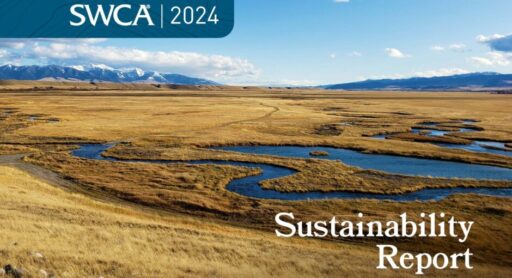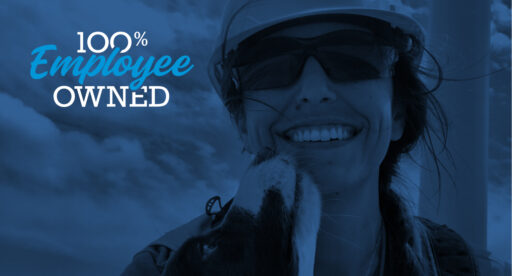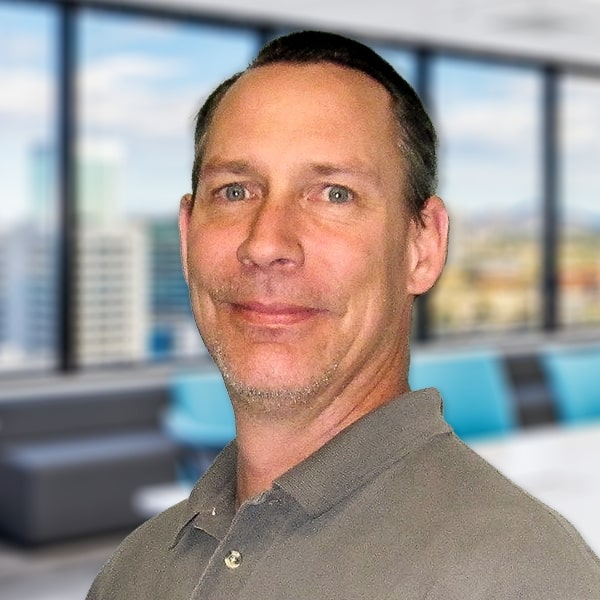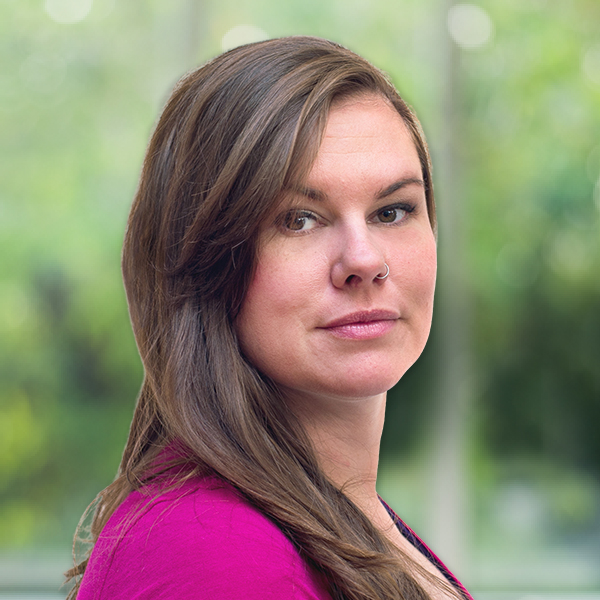2025
Comparably’s Best Company Outlook
* Providing engineering services in these locations through SWCA Environmental Consulting & Engineering, Inc., an affiliate of SWCA.

From the experts we hire, to the clients we partner with, our greatest opportunity for success lies in our ability to bring the best team together for every project.
That’s why:

At SWCA, sustainability means balancing humanity’s social, economic, and environmental needs to provide a healthy planet for future generations.
SWCA employs smart, talented, problem-solvers dedicated to our purpose of preserving natural and cultural resources for tomorrow while enabling projects that benefit people today.

At SWCA, you’re not just an employee. You’re an owner. Everyone you work with has a stake in your success, so your hard work pays off – for the clients, for the company, and for your retirement goals.
New Archaeology Permitting Policy for Survey Projects in Arizona
Starting January 1, 2022, the Arizona State Museum will require a project-specific permit for non-collection archaeology surveys on State or municipal lands if they cover 640+ acres, 10+ linear miles, or last 90+ calendar days.
Jerome Hesse is the cultural resources program lead for SWCA’s Arizona offices and has participated in projects in Arizona, New Mexico, California, Texas, North Dakota, and Kansas, managing more than 500 projects in Arizona alone. He has designed and managed projects of varying size and degrees of complexity, directed field projects, conducted geoarchaeological studies, facilitated tribal consultation, and analyzed flaked and ground stone artifact assemblages. He is well versed in National Historic Preservation Act (NHPA) Section 106 compliance and its state- and local-level equivalents. His clients include federal, state, and local municipalities; interstate and local natural gas and electrical utilities providers; and industrial, commercial, and private land developers. Mr. Hesse routinely prepares and reviews cultural resources inventory reports, treatment plans, and mitigation reports, and has assisted in the preparation of National Environmental Policy Act (NEPA) documents, consultation letters, and Memoranda of Agreement. He oversees cultural resources staff in the Flagstaff, Phoenix, and Tucson offices, ensuring that projects receive the staff best suited for successful project completion.

Mr. Barr is a project manager and archaeologist in SWCA’s Tucson office. He has experience conducting archaeological site surveys and excavations, evaluations of resource condition and eligibility for the National Register of Historic Places, and report preparation for environmental compliance projects for federal, state, municipal, and private clients. He has conducted and participated in more than 350 projects, including archaeological survey, mapping, testing, and data recovery excavations, and agency coordination. He has authored or contributed to more than 200 archaeological reports
Throughout his career, Mr. Barr has worked on projects in a variety of industries including alternative energy, residential and commercial land development, transportation and infrastructure, military installations, airport expansions, transmission, telecommunication, mining, and wildlife management. These projects involved cooperating with federal, state, city, and county agencies, and assisting agencies in tribal consultation or repatriation of human remains. He is well versed in the federal and state rules and regulations regarding protection and mitigation of archaeological resources, treatment of human remains, and Native American consultation.

Andrew Vorsanger has served most recently as a Senior Team Lead, as well as a project manager and field director, for numerous cultural resource projects throughout the Southwest, including Arizona, California, Nevada, New Mexico, and Utah. He has worked on projects such as transmission lines, solar farms, telecommunication towers, hazardous vegetation removal, and multi-use land development. Andrew has conducted over 200 cultural resources projects (survey, testing, monitoring, and data recovery) requiring compliance with Section 106/110 of the NHPA, applicable state and local antiquity and preservation laws, and regulations pertaining to cultural resources under the National Environmental Policy Act. These projects, primarily conducted for industries such as energy, mining, transportation, materials resources, land development, and local government planning have provided the opportunity to work with a number of private interests, state agencies, federal agencies, and various Native American tribes. He is proficient with multiple GPS platforms and ESRI GIS applications. Previous academic training has included human and hominin osteological analysis, isotopic analysis of indigenous Madagascar hair samples, and statistical analysis of phytoliths from the southeast United States.

Annie Lutes is an architectural historian, historian, archaeologist, and project manager with over 17 years of professional experience conducting built-environment and archaeological assessments as well as written histories in the southwestern United States. She meets and exceeds the Secretary of the Interior’s Professional Qualification Standards in Architectural History, History, and Archaeology. She not only serves as a Lead Architectural Historian for SWCA’s Arizona offices, but also provides support across the country, as she is currently based in Michigan. Annie’s professional experience in historic preservation includes preparation of historic building reports, development of historic contexts for evaluation and assessment, compilation of extensive histories and historical overviews, and authoring cultural resources sections for numerous environmental reports. She has managed and directed historic preservation projects and built environment studies, and frequently provides her expertise on the built environment for cultural resources inventories. She has a firmly developed understanding of applying the Criteria for Evaluation for the National Register of Historic Places (NRHP) and the Section 106 process under the National Historic Preservation Act (NHPA) for both archaeological and architectural resources.





Effective January 1, 2022, a new policy regarding Arizona State Museum (ASM) permitting policies will be in effect for archaeology survey fieldwork conducted after the start of the new year. If the non-collection survey will encompass 640 or more acres, or 10 or more linear miles, of Arizona State or municipal lands, a “project-specific permit” will be required. In addition, a “project-specific permit” will be also required for any non-collection survey of State lands that will involve fieldwork lasting 90 or more calendar days.
To obtain a project-specific permit, the application and treatment plan (i.e., research design) will need to be submitted to the ASM, and survey may not begin until a project-specific permit has been issued by the ASM. Once all application documents are submitted, it will take at least 20 business days for ASM to complete its review, and any comments from the ASM will need to be addressed before the permit is issued. In addition, a separate ASM Repository Agreement must be requested for non-collection surveys that meet the previous criteria, and all project materials resulting from these surveys must be curated at the ASM.
This new permitting requirement for projects of this size or projects on State lands will require more advance planning and additional permitting and project closure coordination. Projects could be impacted by the following requirements:
Our project managers and archaeologists can help you understand how this new permitting requirement will affect your project and project timeline.
For questions, contact you project manager.